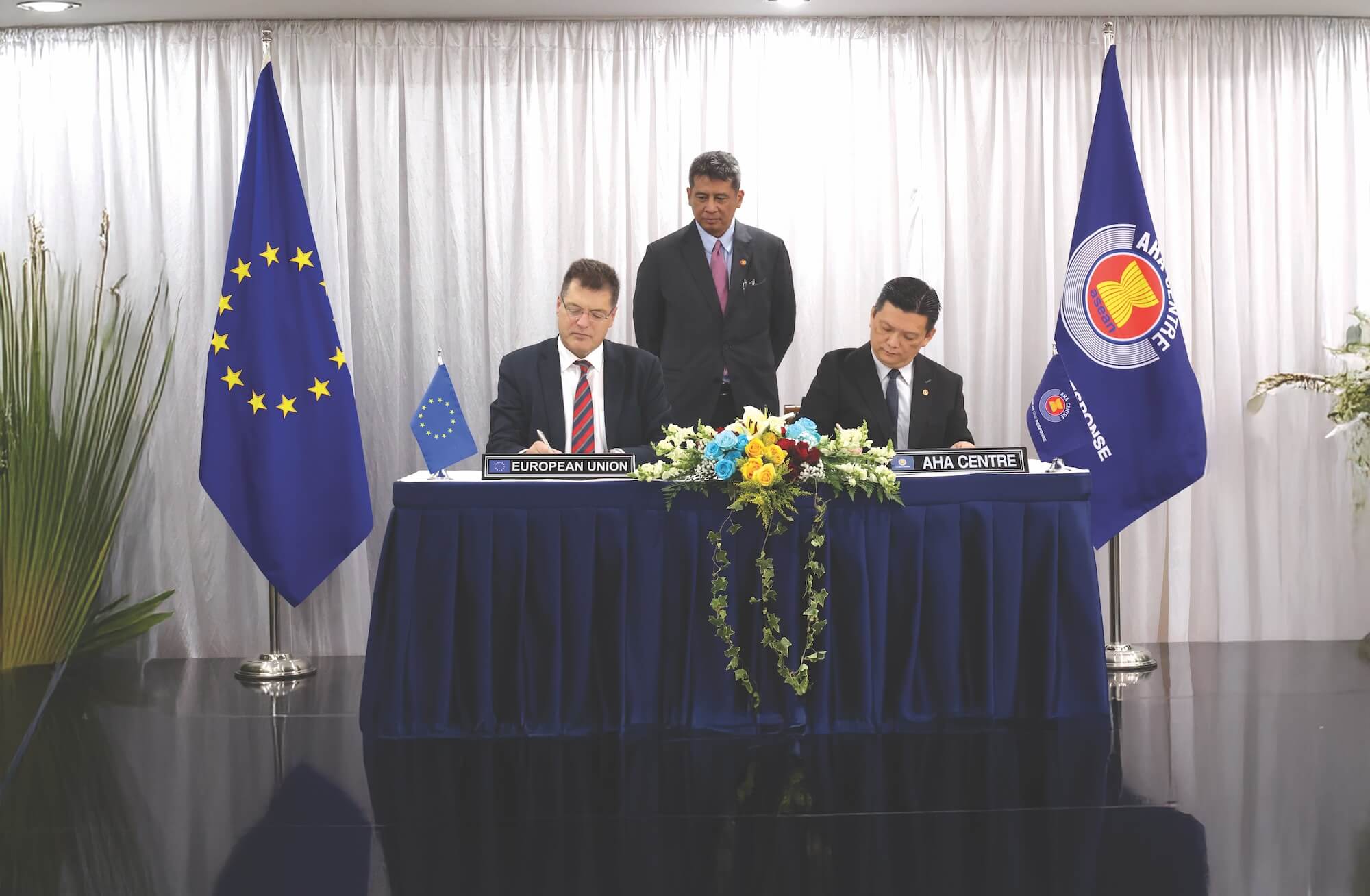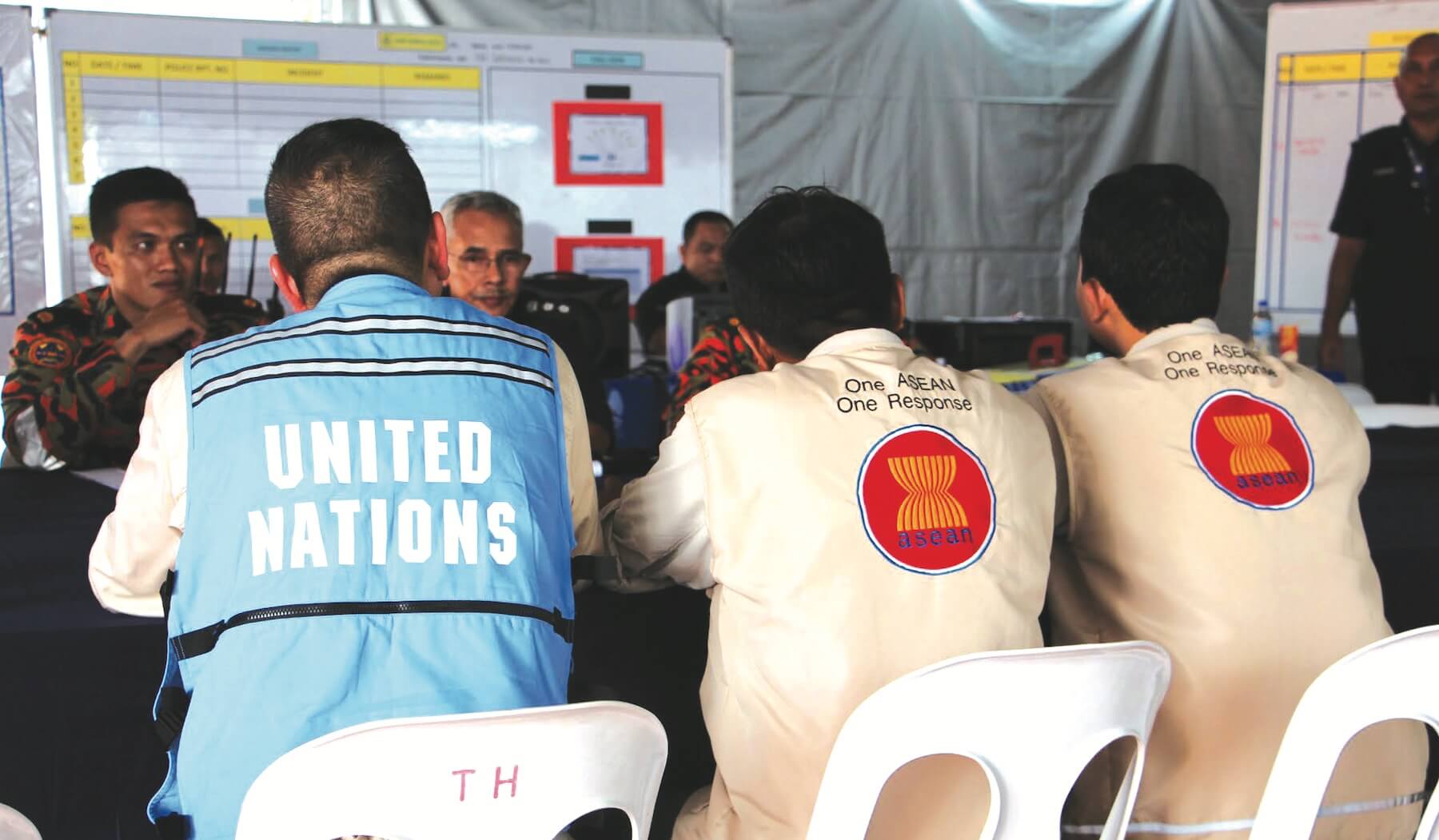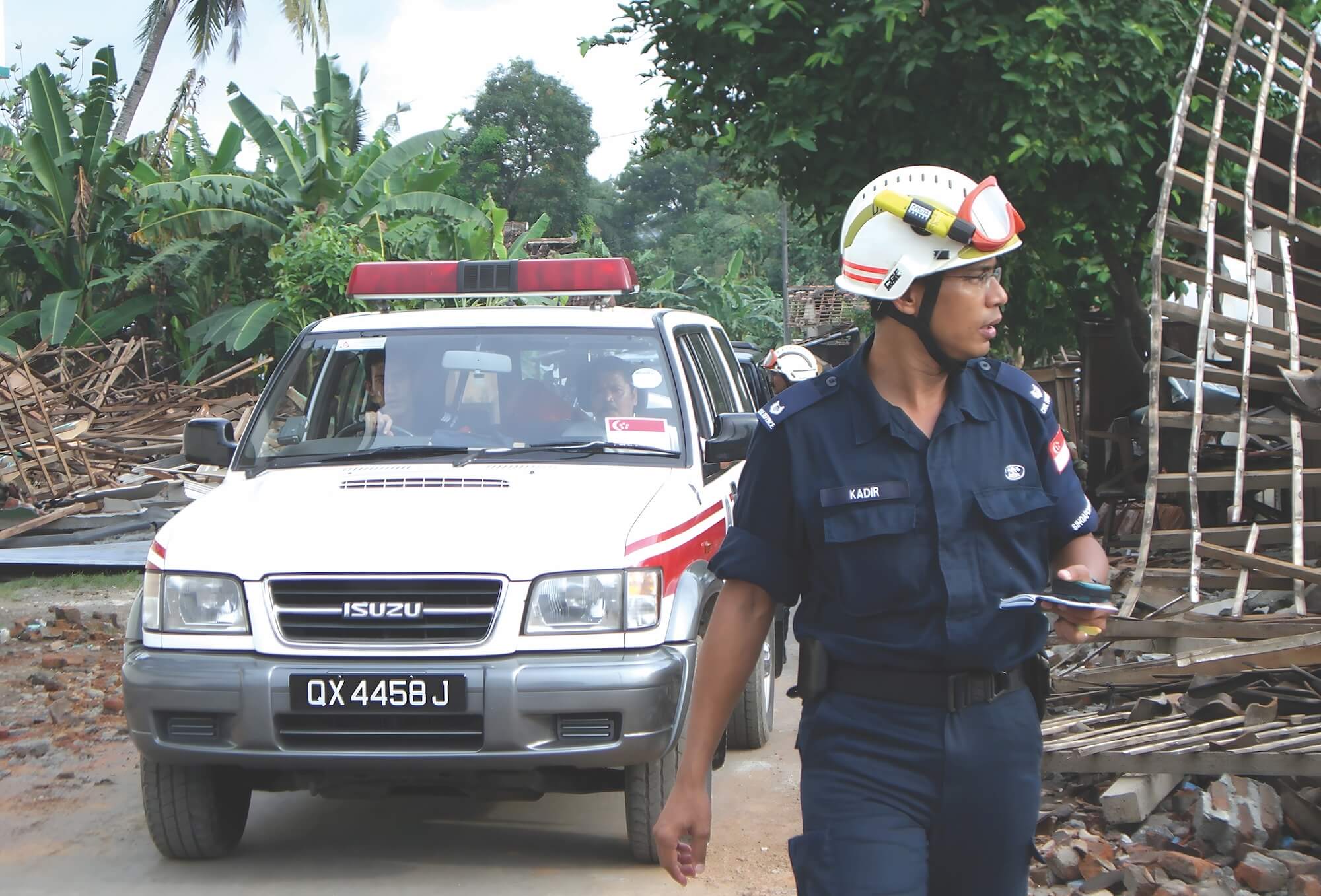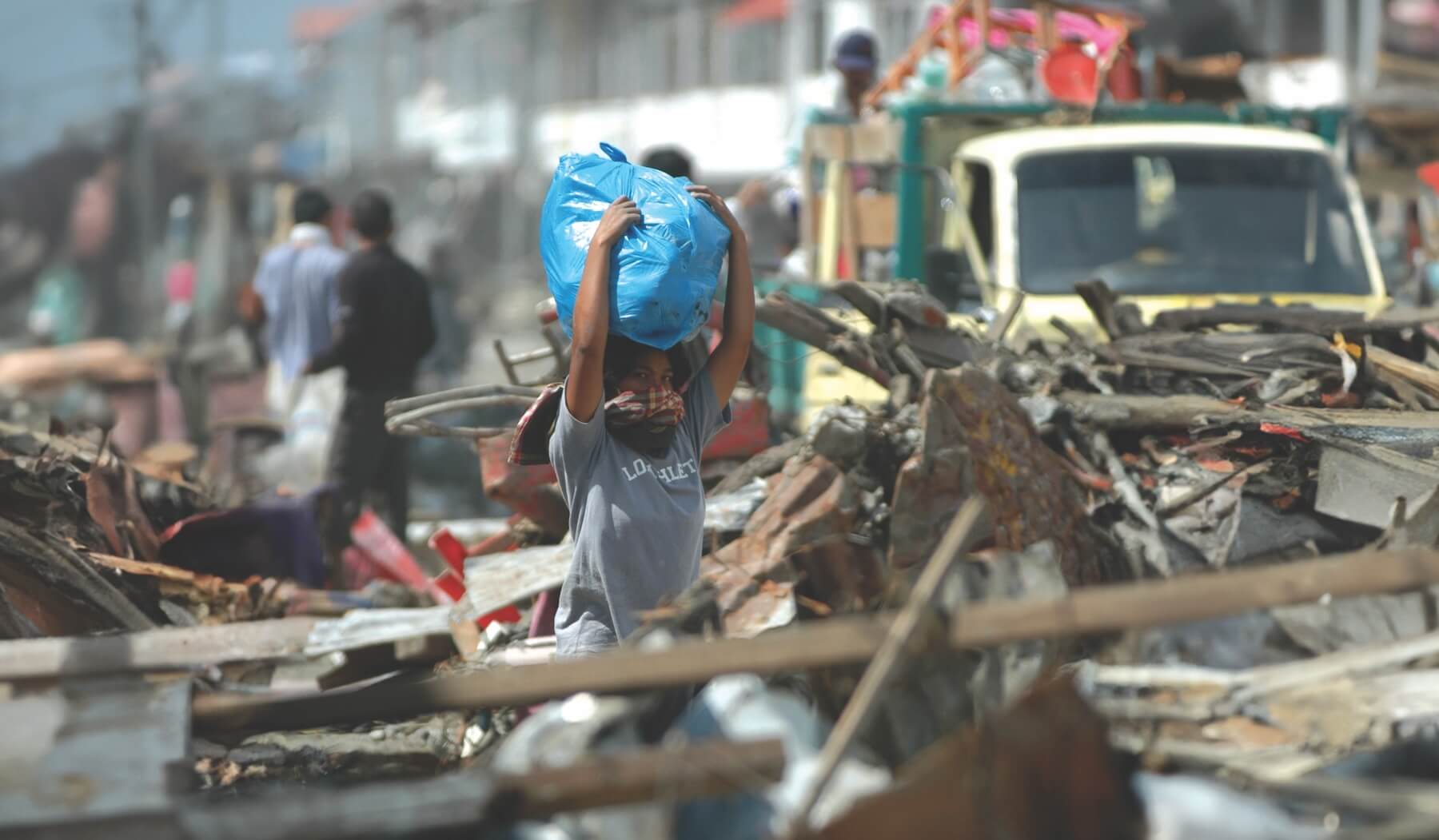




The 9.1 magnitude earthquake triggered a mega-tsunami on 26 December 2004 that devastated almost the entire coastal area of Aceh province of Indonesia and killed over 200,000 people across various places in and around the Indian Ocean. The depth of this devastation is beyond our imagination, and the majority of deaths recorded were in Indonesia, Sri Lanka, Thailand, India, and Maldives. Indonesia, Sri Lanka, India, Thailand, and nine other nations faced significant losses of lives and coastal assets including crops and marine resources. In particular, India's southeastern coast and Andaman and Nicobar Islands suffered extensive damage.
Initial losses were manifold. Post-tsunami losses were even more. India responded to the tsunami promptly and played the role of saviour to the countries in the Indian Ocean rim. The Indian Navy was the first responder. India took swift action on 26 December 2004 itself. Search and rescue operations were completed in 2-3 days, and later, efforts shifted to relief, recovery, and reconstruction. Indian Naval ships, aircraft, helicopters, and personnel responded to the tsunami in a coordinated manner. For example, the Indian Navy deployed 32 naval ships, seven aircraft, and 20 helicopters in support of five rescue, relief and reconstruction missions as part of “Operation Sea Waves” (Andaman and Nicobar Islands), “Operation Castor” (Maldives), “Operation Rainbow” (Sri Lanka), and “Operation Gambhir” (Indonesia).
On the day of the tsunami, the Indian Navy deployed 19 ships, four aircraft, and 11 helicopters that rushed to the Maldives, Sri Lanka, Tamil Nadu, and the Andaman and Nicobar Islands. An Integrated Relief Command was also set up under the LG Andaman and Nicobar Islands. Indian Air Force airlifted the resources with high frequency and care, as did the Indian Navy. Both played key roles in mitigating the risks and bringing back the economy to normalcy. India’s humanitarian assistance and disaster relief has been well-recognised by the world.
India’s trade with Southeast Asia from December 2004 to February 2005 suffered mainly due to the tsunami. The movement of people between the Andaman and Nicobar Islands and Aceh province of Indonesia was temporarily suspended. However, trade and people-to-people contacts resumed as the countries returned to normal life.
The Tsunami of 2004 gave birth to other new ideas and resilient and sustainable development. Countries realised the urgent need for an early warning system. India introduced the Indian Tsunami Early Warning System (ITEWS) in 2007. The ITEWS includes a real-time seismic station network, tide gauges, and a 24/7 tsunami warning centre. This Tsunami Early Warning Centre is a part of the Indian Nation Centre for Ocean Information Services (INCOIS). INCOIS has a data warehouse of ocean-related information gathered from various institutions in India which are involved in marine data collection, ocean observation, and ocean/atmospheric sciences.
An early warning system is imperative for the Indian Ocean to mitigate the loss of life and property due to tsunamis and storm surges. The ITEWS incorporates storm surge forecasts as well. This facility offers services to the entire Indian Ocean region, including Southeast Asia.
The disaster led to a number of consequences, including increased awareness of affected communities, such as the Aceh provincial government. For example, Universitas Syiah Kuala (USK) in Aceh has introduced tsunami awareness programmes, such as its annual mega-tsunami warning activity, which aims to inform and educate the community on disaster risks. It has also sought to develop community attitudes and skills in managing the different phases of disaster.
India has set up the Coalition for Disaster Resilient Infrastructure (CDRI) to design a comprehensive plan and assist countries in managing disasters. The CDRI is a partnership of national governments, UN agencies and programmes, multilateral development banks and financing mechanisms, the private sector, and knowledge institutions. The coalition aims to promote the resilience of new and existing infrastructure systems to climate and disaster risks in support of sustainable development.
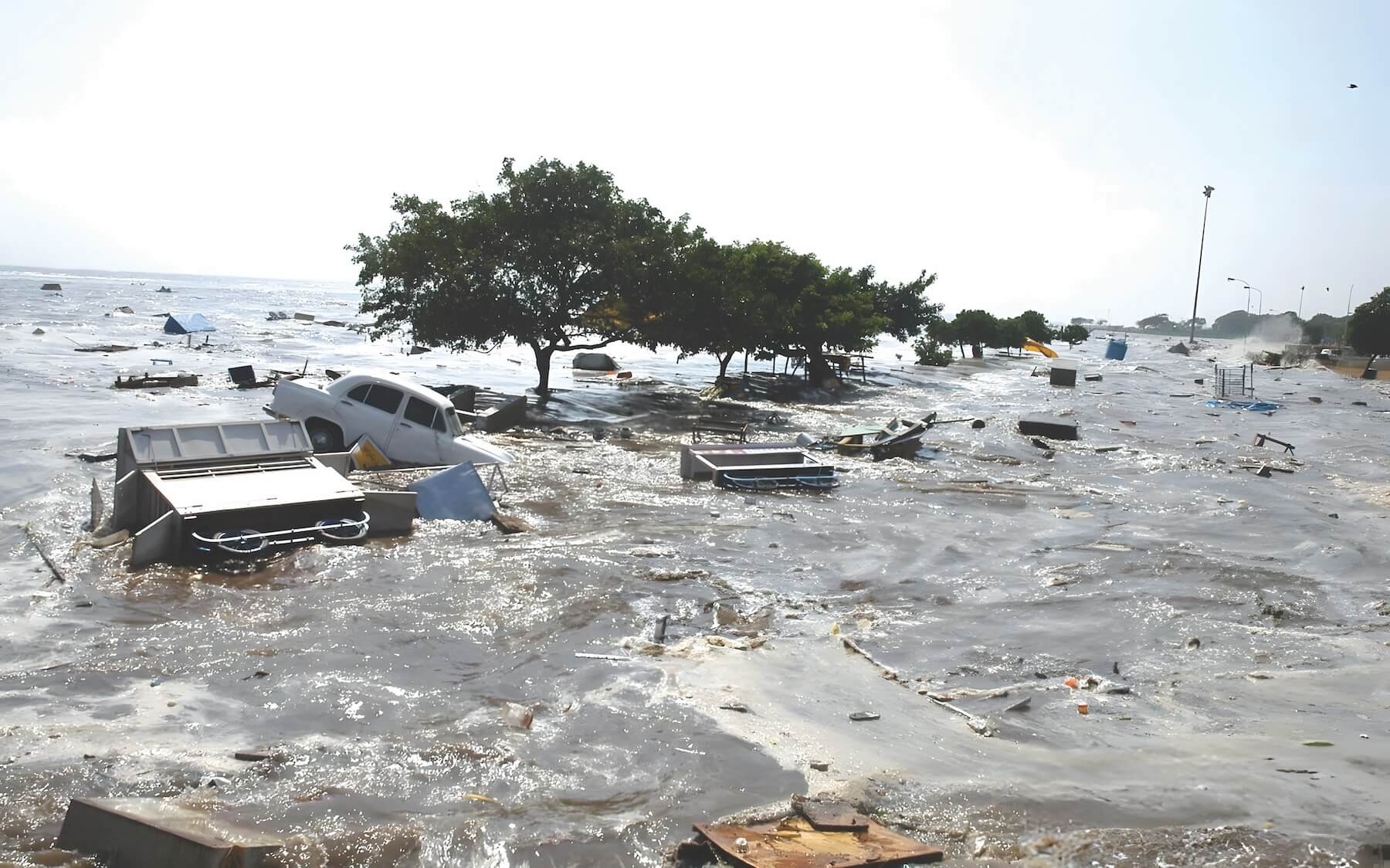
India has set up the Coalition for Disaster Resilient Infrastructure (CDRI) to design a comprehensive plan and assist countries in managing disasters. The CDRI is a partnership of national governments, UN agencies and programmes, multilateral development banks and financing mechanisms, the private sector, and knowledge institutions. The coalition aims to promote the resilience of new and existing infrastructure systems to climate and disaster risks in support of sustainable development.
Soon after the tsunami, India introduced the Disaster Management Act in 2005 and established the National Disaster Management Authority (NDMA), headed by the Prime Minister of India. The NDMA is the apex body for disaster management in India.
Countries must coordinate on prevention, mitigation, preparedness, and response. India and other Indian Ocean countries may design a standard operating procedure to deal with the tsunami and other forms of disasters. ASEAN’s AHA Centre is another example of a regional organisation which has been working on disaster management in a coordinated manner. The AHA Centre was established in 2011 with the aim of facilitating cooperation and coordination on disaster management among ASEAN Member States.
Twenty years have passed since the 2004 Indian Ocean tsunami that devastated its surrounding coasts. This tsunami has given rise to new plans that keep us safe from a similar disaster. Today, as we remember the 2004 tsunami, we are far more prepared to reduce the impact of similar events in the future.
The views and opinions expressed in this article belong solely to the author and do not reflect the official policy or position of ASEAN.




